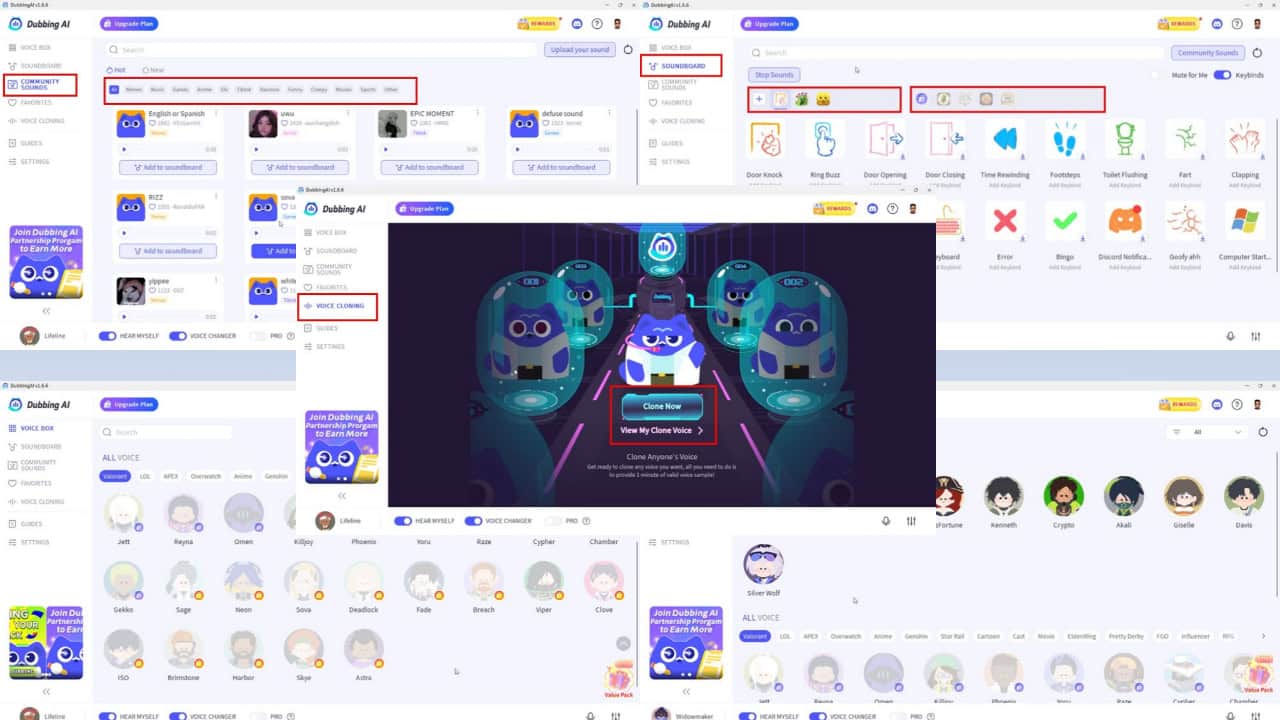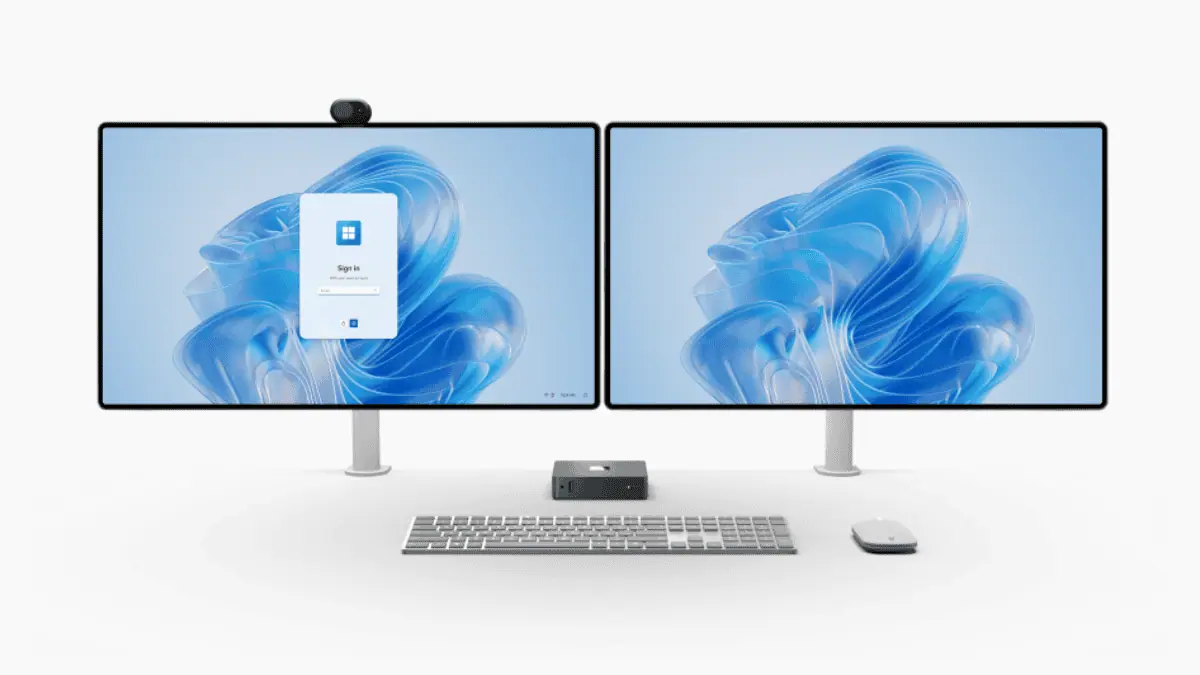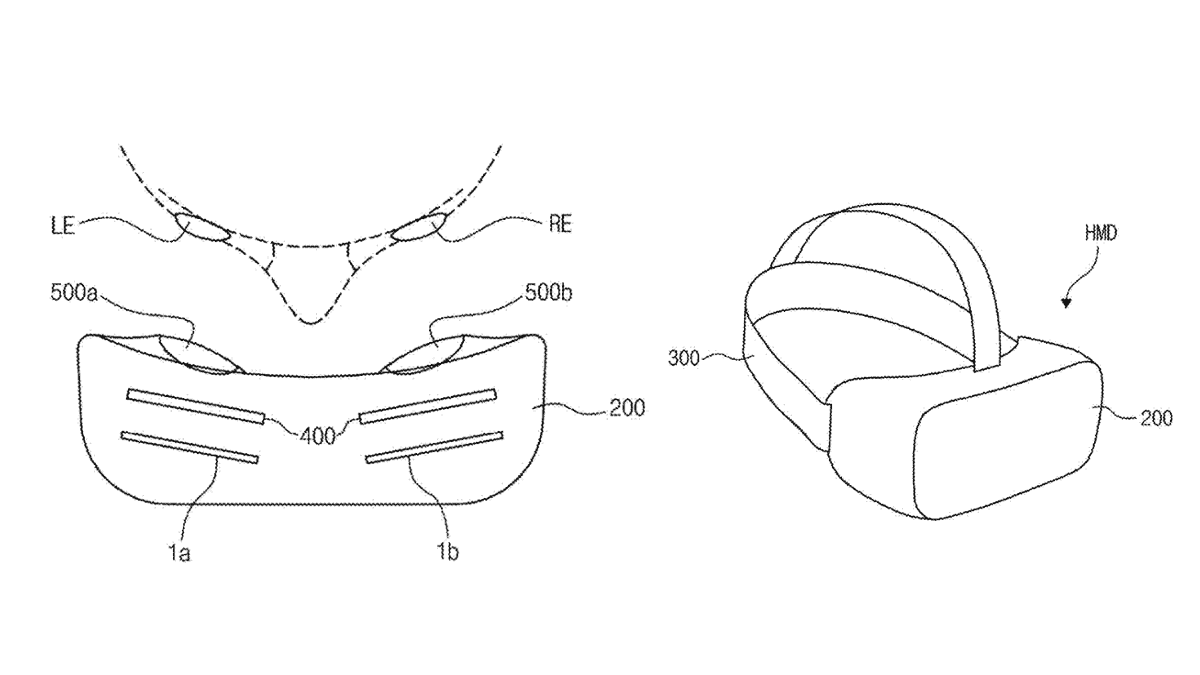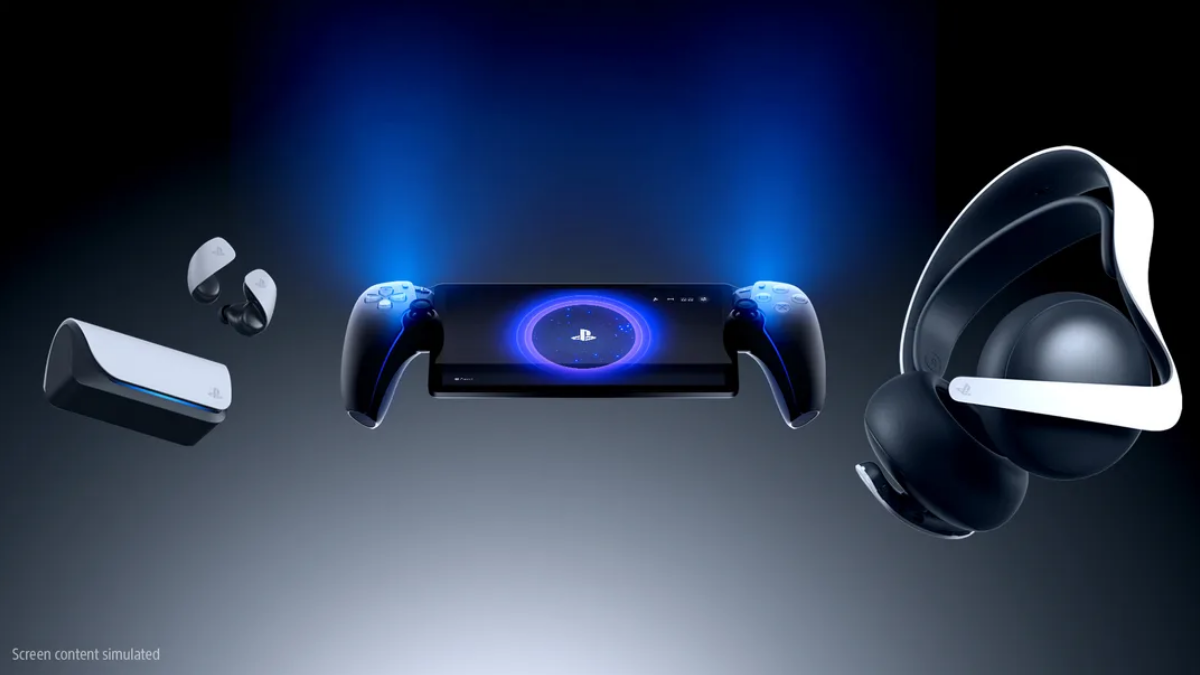Microsoft's military HoloLens 2 revealed, turns combat into a "real-life game of Call of Duty."
2 min. read
Published on
Read our disclosure page to find out how can you help MSPoweruser sustain the editorial team Read more

CNBC has been lucky enough to be invited to a demonstration of the US Military’s new Integrated Visual Augmentation System (IVAS), a special purpose version of the HoloLens 2 designed to be used in the field by special forces.
They revealed the design and many details of its operation and noted that Microsoft has been enthusiastic about working very closely with soldiers to improve the system, something which helped them win the $480 million contract over rival Magic Leap.
“We need to iterate often and we found a partner with Microsoft that does that,” said Mark Stephens, director of acquisition and operations for IVAS. “It’s abnormal that a vendor has direct input from soldiers for like two weeks.”
The current version of the system will show the wearer their location and the location of their team or opponents on a map when they look down.
When they look up they can also see a compass with points of interest marked, designed to deliver information without interfering with the vision of soldiers.
In that way, the system reminded the CNBC journalist a lot of a “Call of Duty” video game, and he noted that the system could also help soldiers aim their weapons, showing reticle, or the aim from the weapon, right through the visor.
The system also supported a thermal camera supplied by Flir, which was integrated as a silver ball at the top of the headset.
This allowed soldiers to see in the dark and through smoke, offering better performance than traditional night vision goggles.
An additional 13 other companies were working on 12 sensors which could extend the HoloLens 2 capabilities and Microsoft is also doing further work on the form factor, which currently does not accommodate a helmet. One Army leader told CNBC he expects the device to shrink to be like a pair of sunglasses within six months.
The system can also be used for post-training debriefing, with the system even being able to read the heartbeat of users during sessions.
The system is expected to roll out to “thousands and thousands” of soldiers by 2022 and 2023, roll out more broadly by 2028.













User forum
0 messages